
- Home
- Photography Tours
- Diary / Blog
- Galleries
- Foreign Trips
- Tasmania 2016
- NE Queensland 2016
- Western Alps 2016
- NE Spain 2016
- Australia's Wet Tropics 2015
- Australia's Top End 2015
- SW Australia 2015
- Switzerland 2015
- Andalucia 2015
- Belize 2015
- Australia 2014
- Switzerland 2014
- Belize 2014
- Bahama Islands 2014
- Switzerland 2013
- Ecuador 2012-2013
- Florida 2011-2012
- Vancouver Island 2011
- Australia 2010
- Peru 2008
- Bulgaria 2007
- Lesvos 2006
- California 2006
- New Zealand 2005
- Extremadura 2005
- Goa, India 2004
- The Gambia 2003
- About
November 2016
Tasmania, Australia
Part 4
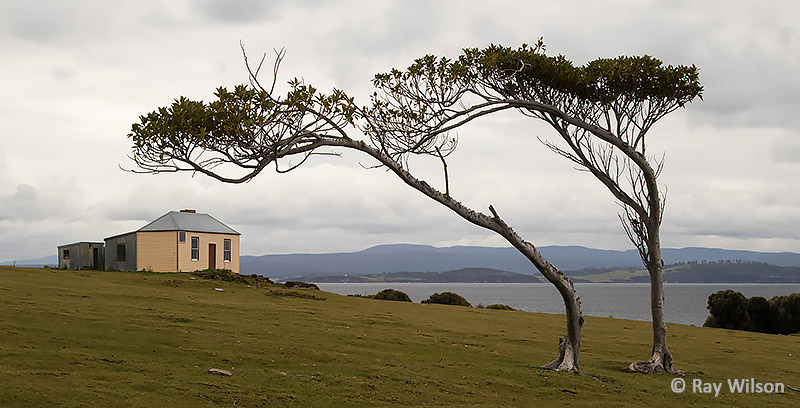
Maria Island
Maria Island is identified as being an Important Bird Area (IBA) by BirdLife International and is purportedly one of the best places in Tasmania for viewing forest birds. I can't say that this was my experience during the 3 days I spent on the island, but the weather may have played a hand in this as it was pretty windy, cold and frequently wet. It is, however, the best place I visited for viewing mammals.
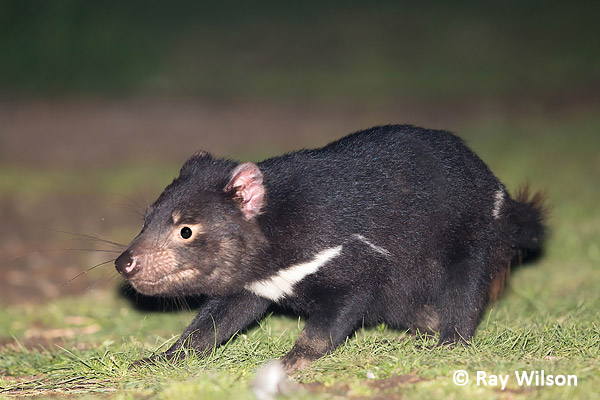
Tasmania Devil (Sarcophilus harrisii)
In 2012, Tasmanian Devils were introduced to the island in the hope of providing a disease-free "banker" population that was quarantined from the mainland populations being ravaged by Devil Facial Tumour Disease (DFTD). The introduction was a resounding success and the population rapidly multiplied to such an extent that contraception measures had to be taken. Although this is good news for the Tasmanian Devil, it has come at a cost to the native bird populations, with ground nesting species being particularly susceptible to this fierce predator.
I had a very close encounter with a Tasmanian Devil one night when I went to the toilet block to brush my teeth before going to bed. I entered the building to find a Devil nosing around in one of the cubicles!
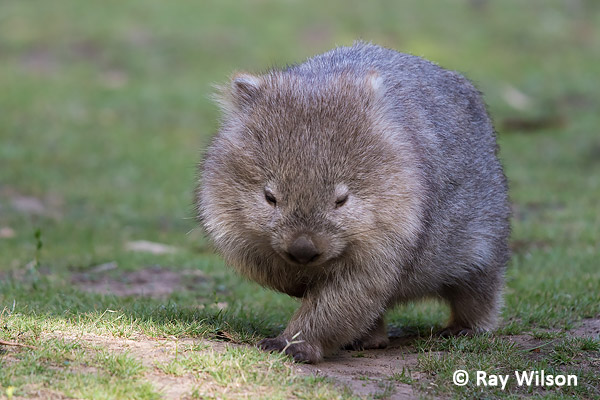
Common Wombat (Vombatus ursinus)
Wombats are very common on Maria Island and could be seen at any time of the day, particularly in the grassy areas around the penitentiary and camping areas.
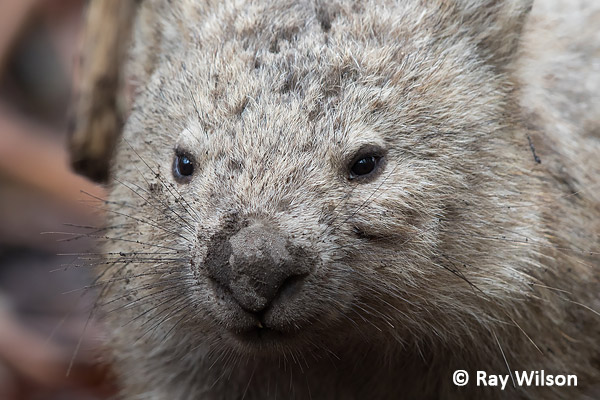
Common Wombat (Vombatus ursinus)
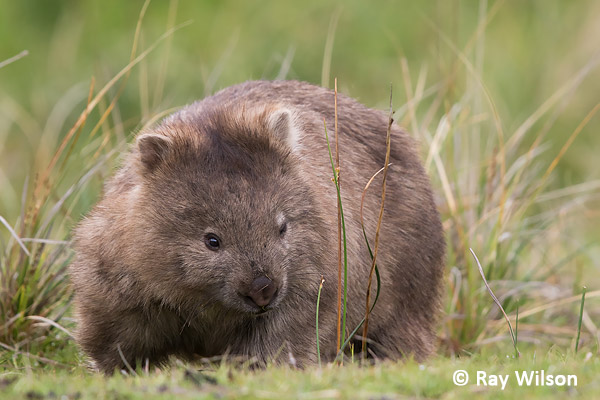
Common Wombat (Vombatus ursinus)
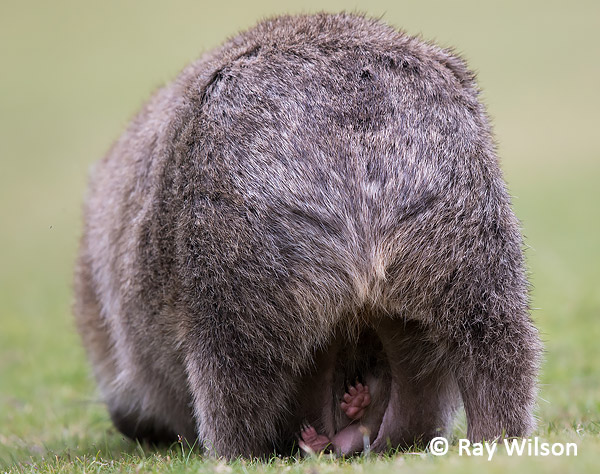
Common Wombat (Vombatus ursinus)
Wombats have rearward-facing pouch openings. Due to their short legs, when the young start to get reasonably large, such as the one above, the pouch becomes stretched to such an extent that it drags along the ground and having a front-facing pouch would be highly impractical as it would be constantly catching on objects when the mother moved forward.
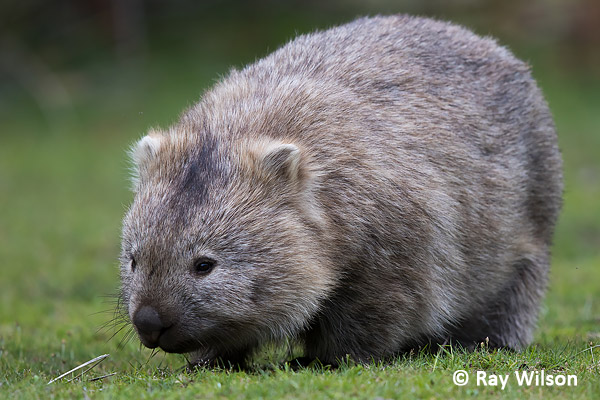
Common Wombat (Vombatus ursinus)
All three of the large macropods found in Tasmania are common and easily viewed on Maria Island, although only the Rufous-bellied Pademelon is native to the island. The other two (Bennett's Wallaby and Eastern Grey Kangaroo) were introduced in the 1960's.
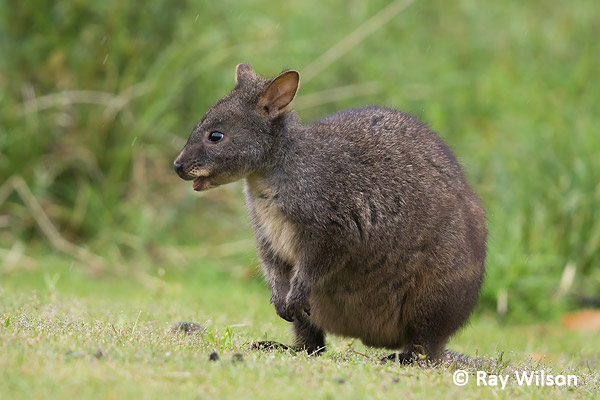
Rufous-bellied Pademelon (Thylogale billardierii)
Rufous-bellied Pademelon, which is sometimes also known as Tasmanian Pademelon, is the smallest and shyest of the three and usually doesn't stray far from the forest edges. It is endemic to Tasmania.

Rufous-bellied Pademelon (Thylogale billardierii)
It was usually easiest to see in the evenings after the day-trippers had left to return to the mainland.
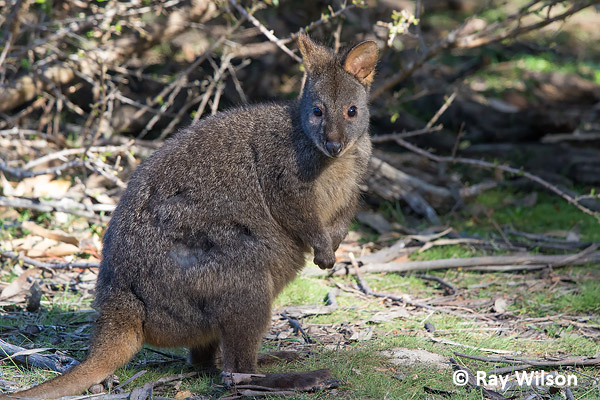
Rufous-bellied Pademelon (Thylogale billardierii)

Rufous-bellied Pademelon (Thylogale billardierii)

Rufous-bellied Pademelon (Thylogale billardierii)
At the other end of the size spectrum lies the Eastern Grey Kangaroo. With adult males standing almost 2m (6ft 6in) tall they are the second largest extant marsupial in the world with only the Red Kangaroo surpassing them in size.
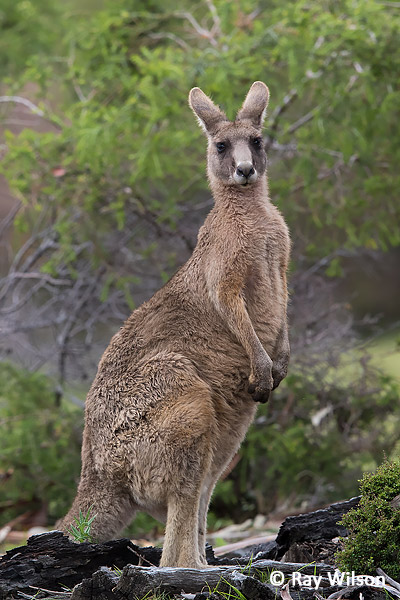 |
 |
adult female Eastern Grey Kangaroo (Macropus giganteus)
Eastern Grey Kangaroos on Tasmania are known as Forester Kangaroos and It was long proposed that they were an endemic subspecies. Recent genetic studies, however, have found no significant differences between kangaroos on Tasmania and mainland Australia and the subspecific status of the Tasmanian Eastern Greys is not valid.
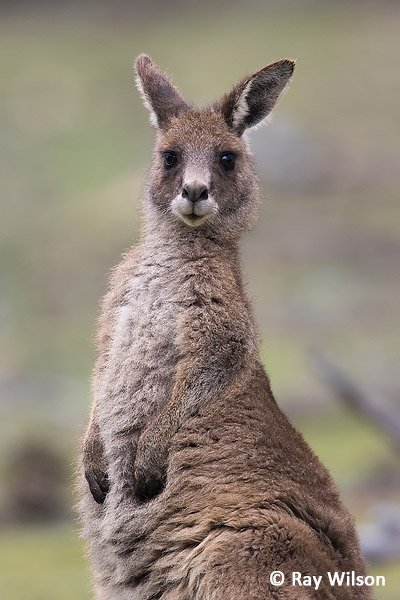 |
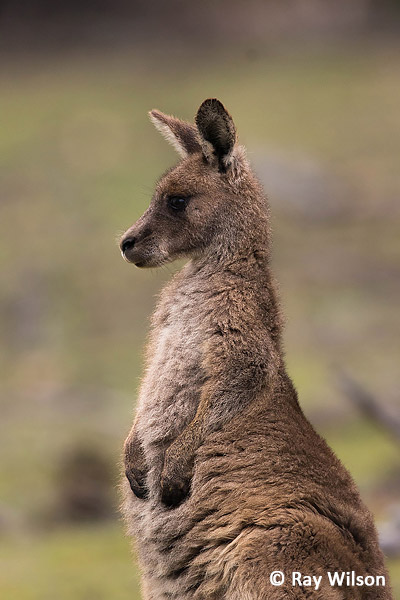 |
young Eastern Grey Kangaroo (Macropus giganteus)

young Bennett's Wallaby (Notamacropus rufogriseus rufogriseus)
Bennett's Wallaby is the nominate race of Red-necked Wallaby and has a darker pelt and less contrasting rufous neck and shoulders than the races found in southeastern Australia which are probably more familiar to most people.
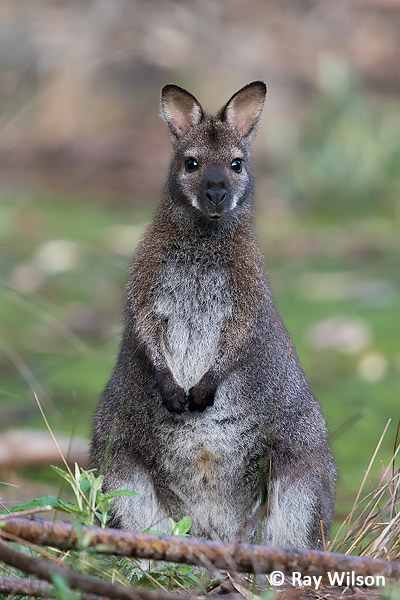 |
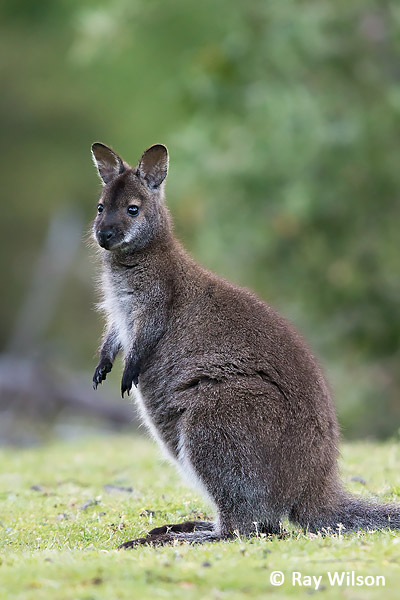 |
Bennett's Wallaby (Notamacropus rufogriseus rufogriseus)
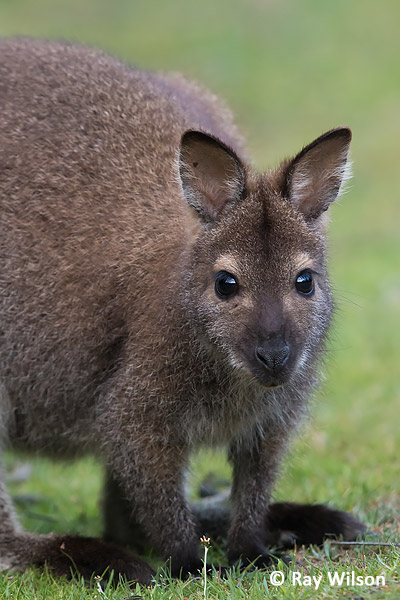 |
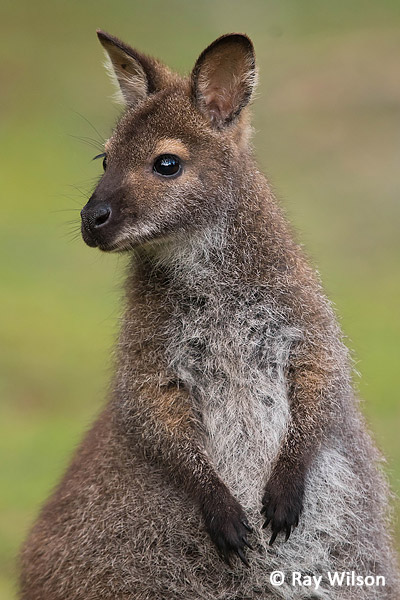 |
Bennett's Wallaby (Notamacropus rufogriseus rufogriseus)
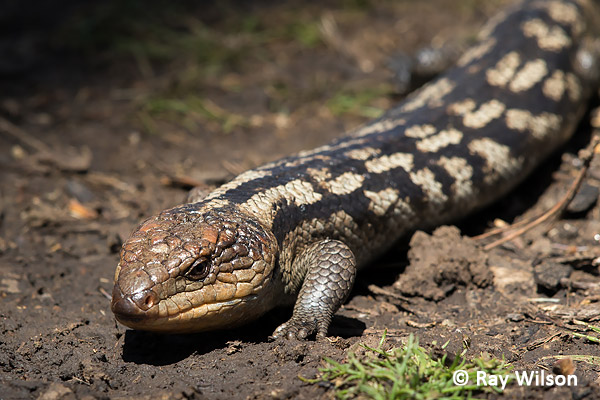
Southern Blue-tongue (Tiliqua nigrolutea)
The Southern Blue Tongue is a very large, slow-moving skink with a body length (excluding tail) of up to 30cm (1ft). It is common throughout most of Tasmania.
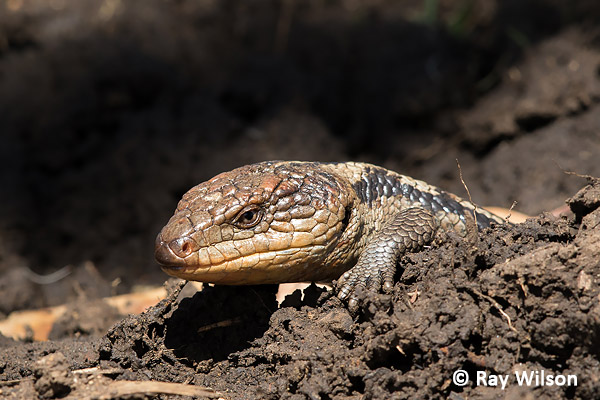
Southern Blue-tongue (Tiliqua nigrolutea)
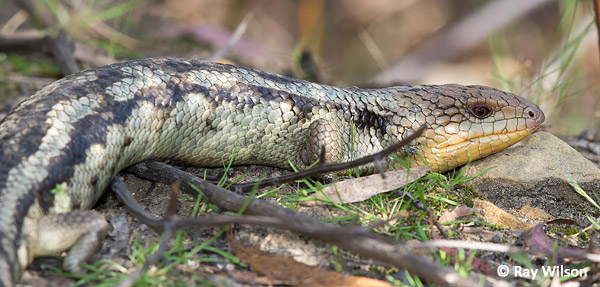
Southern Blue-tongue (Tiliqua nigrolutea)
Ray Wilson owns the copyright of all images on this site.
They may not be used or copied in any form without prior written permission.
raywilsonphotography@googlemail.com